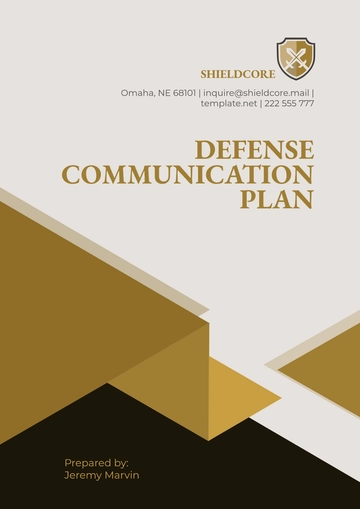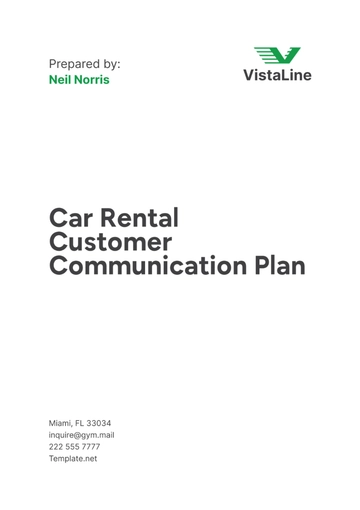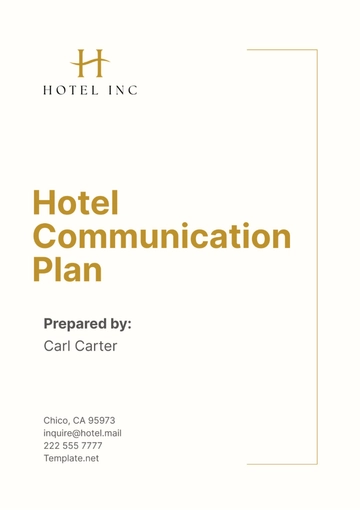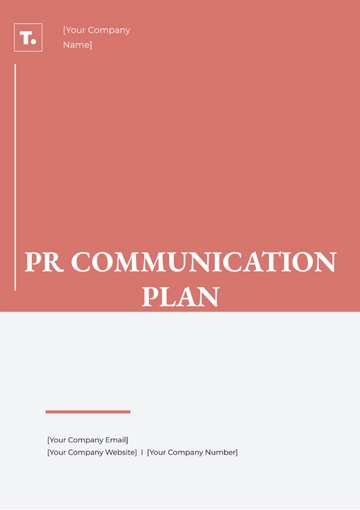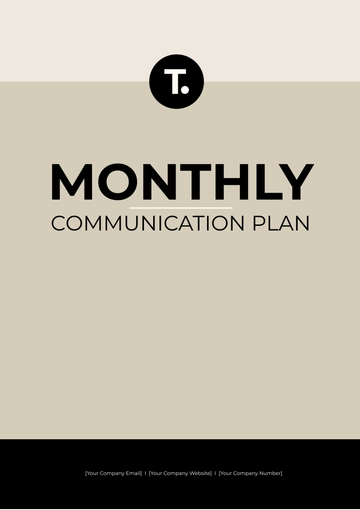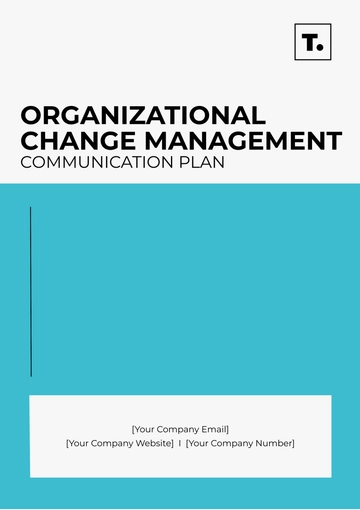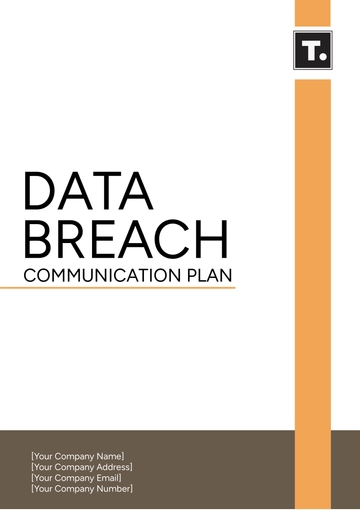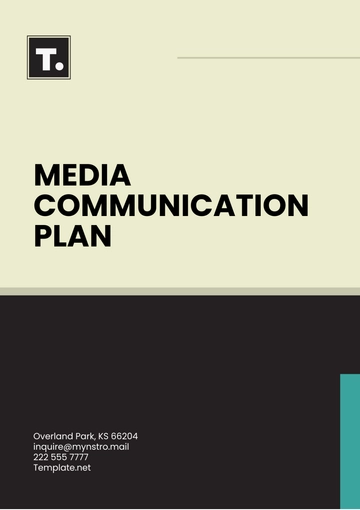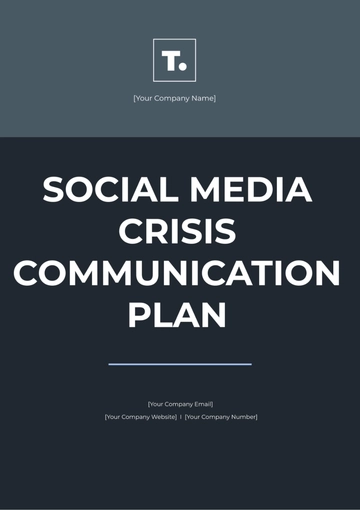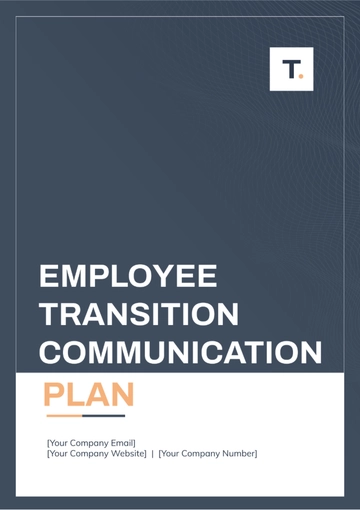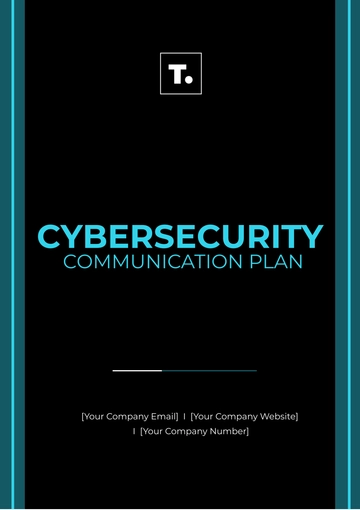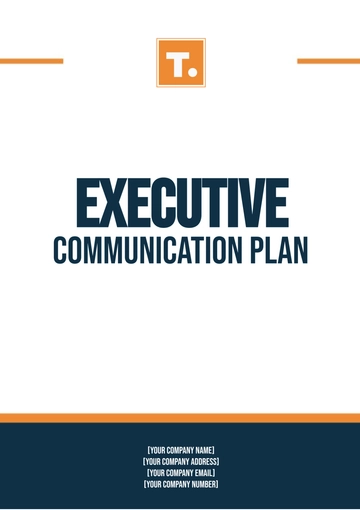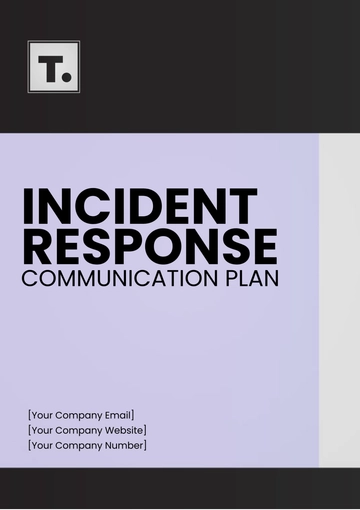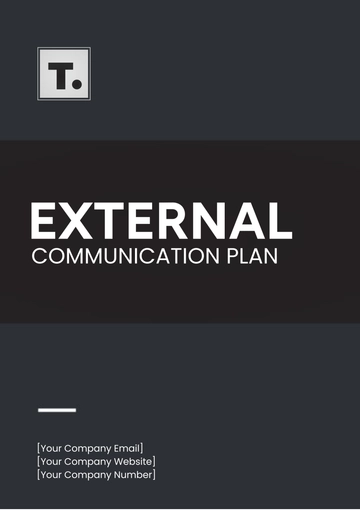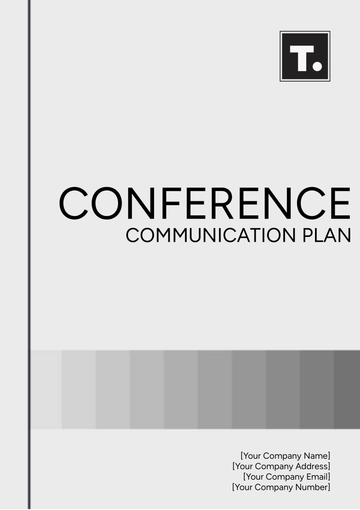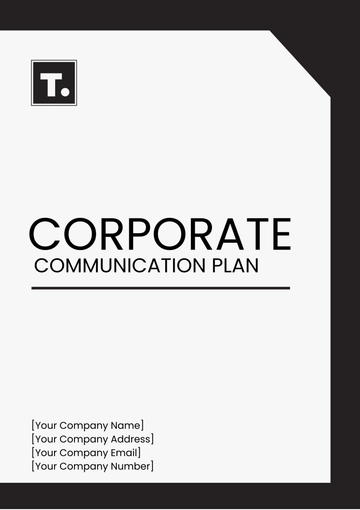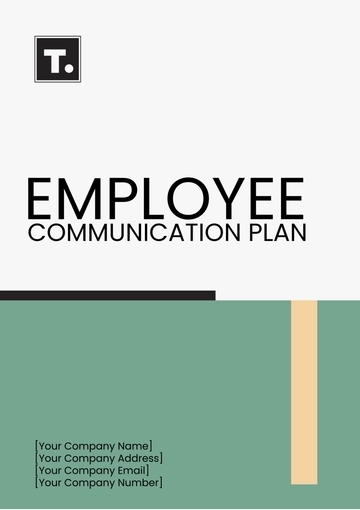Free Hazard Communication Plan

Prepared by: [Your Name]
I. Introduction
A. Purpose
The purpose of this Hazard Communication Plan is to ensure that all [Your Company Name] employees are informed about the potential hazards associated with workplace chemicals and substances, as well as the necessary precautions to mitigate risks. It aims to promote safety, reduce accidents, and comply with regulatory requirements such as OSHA's Hazard Communication Standard.
B. Objectives
Inform employees about workplace hazards related to chemicals and substances.
Provide guidance on safe handling, storage, and disposal of hazardous materials.
Ensure compliance with regulatory standards, including OSHA's Hazard Communication Standard.
II. Communication Strategy
A. Key Messages
Safety First: Emphasize the importance of safety and vigilance when working with hazardous materials.
Know the Risks: Educate employees about the potential hazards associated with specific chemicals and substances.
Take Precautions: Provide clear guidelines on how to safely handle, store, and dispose of hazardous materials.
B. Target Audience
All employees who work with or may be exposed to hazardous materials.
Supervisors and managers are responsible for overseeing safety protocols.
Health and safety personnel are involved in enforcing compliance.
III. Communication Channels
Channel | Description |
|---|---|
Training Sessions | In-person or online training sessions to educate employees about hazard communication protocols. |
Safety Manuals | Distribute written manuals outlining hazard communication procedures and guidelines. |
Posters and Signage | Placement of posters and signage in areas where hazardous materials are present, highlighting safety protocols. |
Email Updates | Regular email updates with safety tips, reminders, and important information regarding hazardous materials. |
IV. Timing and Frequency
Initial Training: Conduct hazard communication training for all new employees during onboarding.
Refresher Training: Provide annual refresher training sessions to reinforce hazard communication protocols.
Ongoing Updates: Send regular email updates and distribute updated safety manuals as needed.
V. Roles and Responsibilities
Role | Description |
|---|---|
Management |
|
Health and Safety Personnel |
|
Employees |
|
VI. Feedback Mechanisms
Effective feedback mechanisms play a crucial role in improving hazard communication efforts within [Your Company Name]. We encourage open communication and provide multiple channels for employees to report safety concerns, provide feedback, and contribute to our continuous improvement efforts.
An anonymous reporting system is established to allow employees to report safety concerns or incidents related to hazardous materials confidentially. This system ensures that employees feel comfortable sharing their concerns without fear of reprisal, allowing us to address issues promptly and effectively.
In addition, regular safety meetings are scheduled where employees can provide feedback, ask questions, and discuss any issues or challenges related to hazard communication. These meetings foster open dialogue and collaboration, enabling us to identify areas for improvement and implement corrective actions as needed.
VII. Monitoring and Evaluation
Monitoring and evaluating our hazard communication efforts are essential for ensuring compliance with safety regulations and continually improving our safety protocols. Periodic safety audits are conducted to assess compliance with hazard communication protocols, identify any deficiencies or gaps, and implement corrective actions. These audits help us proactively address safety issues and prevent accidents or incidents in the workplace.
Furthermore, we document and investigate any incidents or accidents related to hazardous materials to identify root causes and prevent recurrence. By analyzing incident reports, we can implement targeted interventions and make necessary improvements to our hazard communication program.
- 100% Customizable, free editor
- Access 1 Million+ Templates, photo’s & graphics
- Download or share as a template
- Click and replace photos, graphics, text, backgrounds
- Resize, crop, AI write & more
- Access advanced editor
Prioritize safety and compliance with our Hazard Communication Plan Template. Tailored for businesses, it ensures clear communication of workplace hazards and protocols. Customizable and downloadable, it equips you to mitigate risks effectively. With its printable format and compatibility with our AI Editor Tool, this template, offered by Template.net, facilitates easy customization and distribution of critical safety information.

